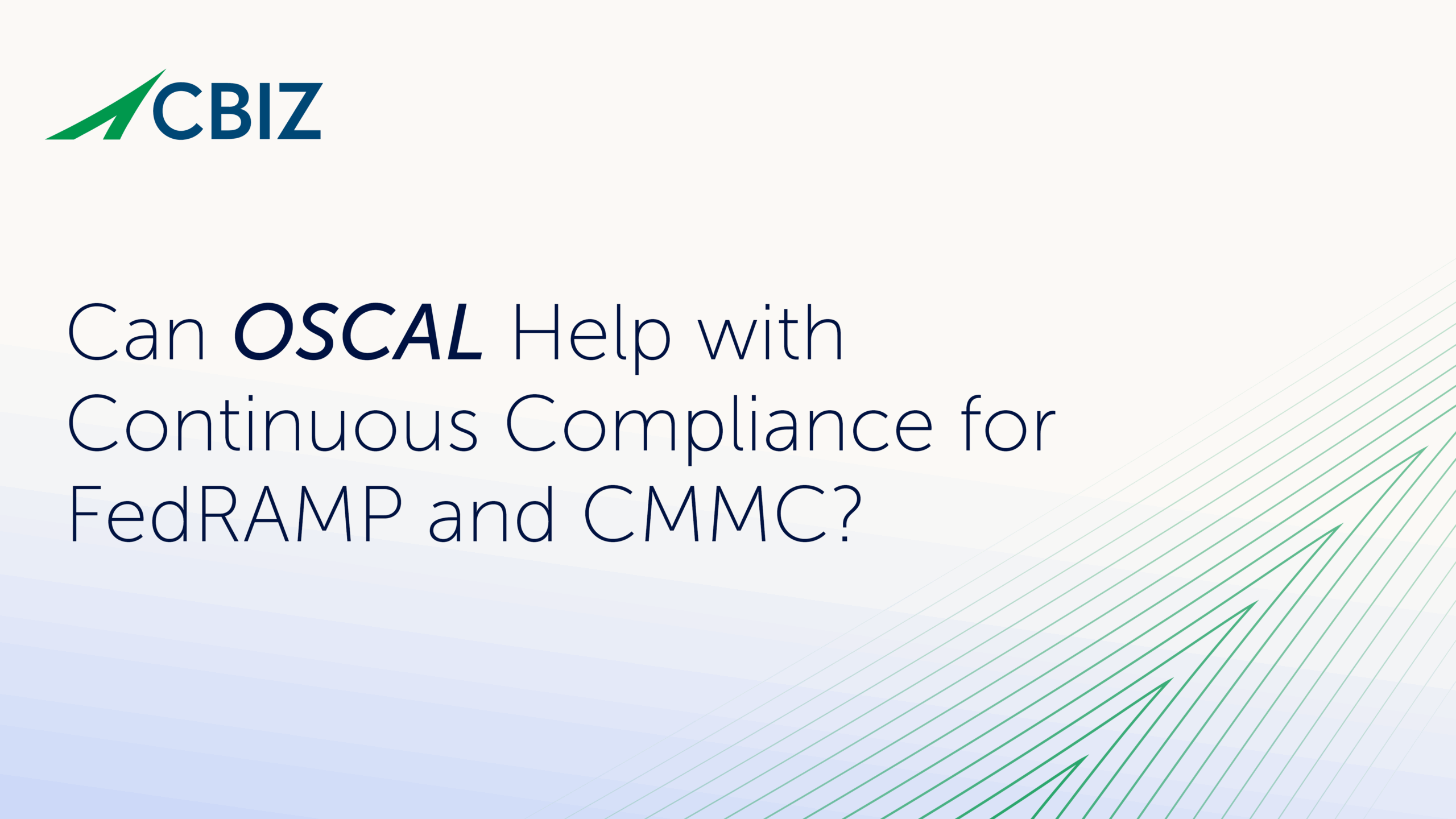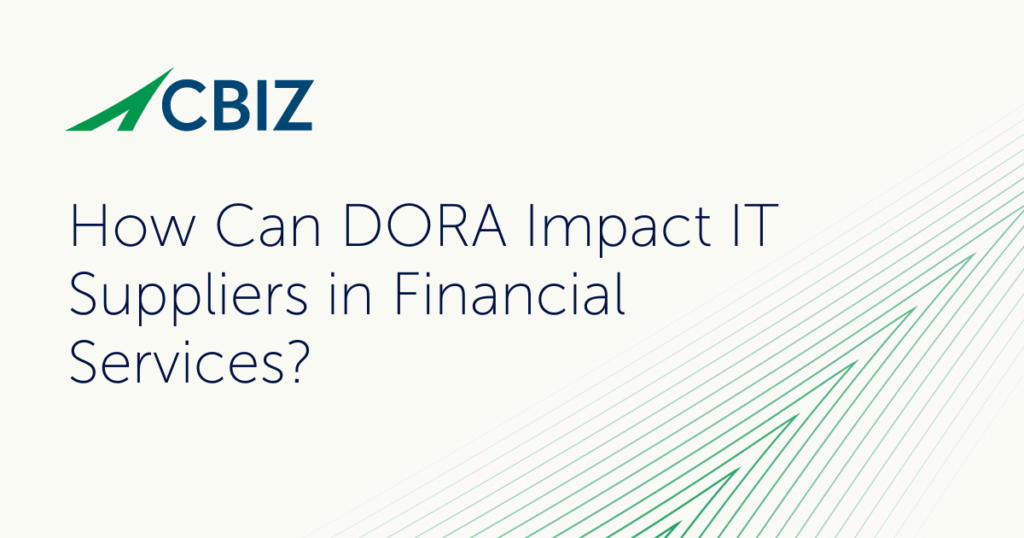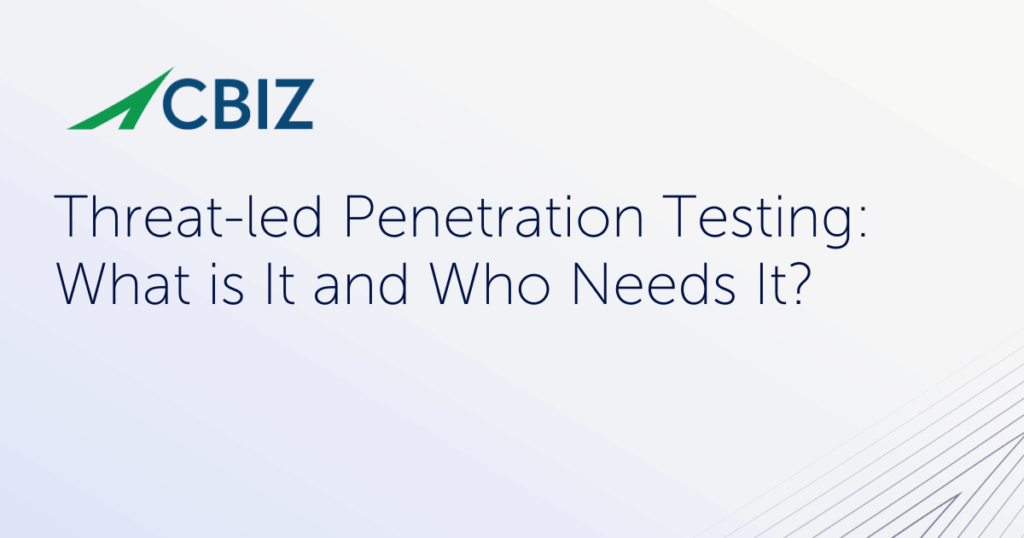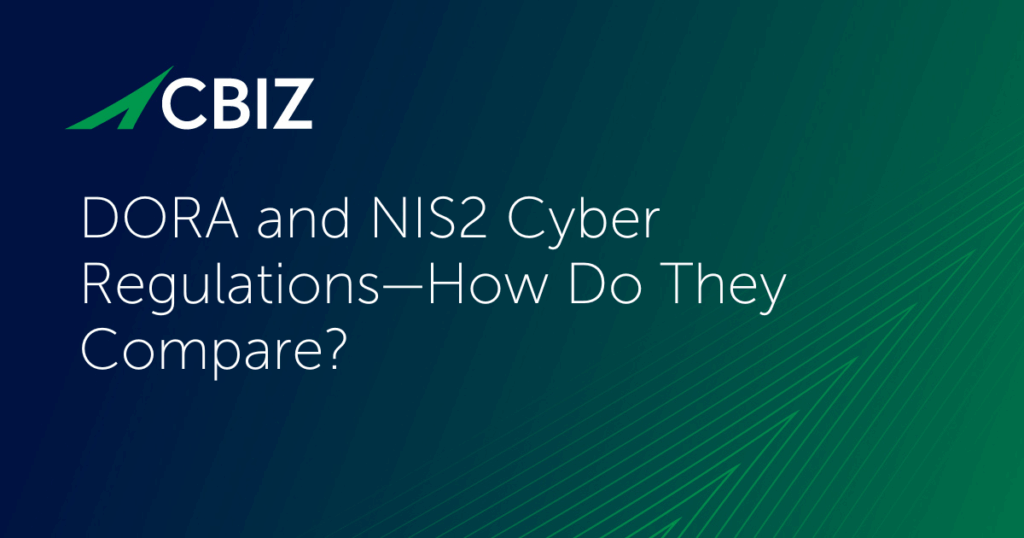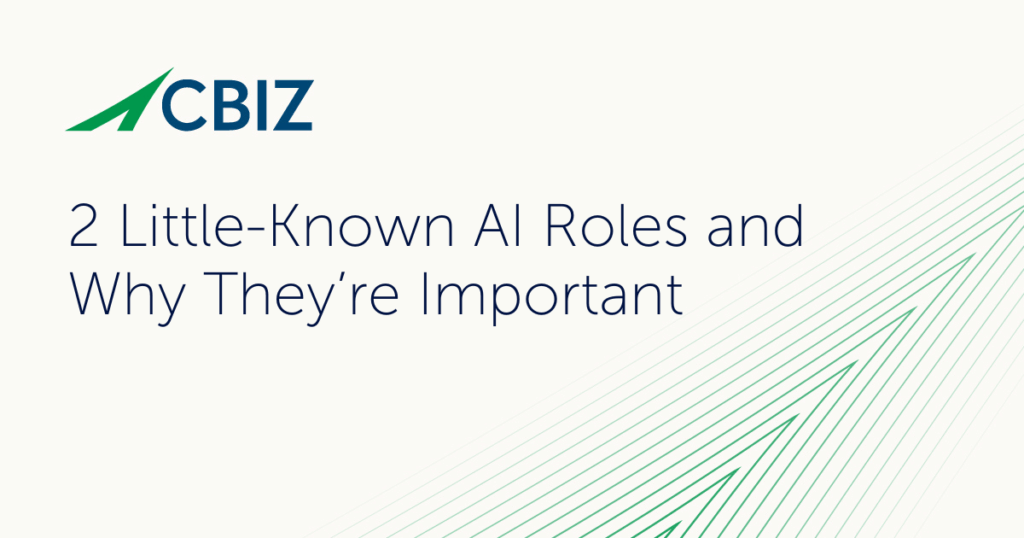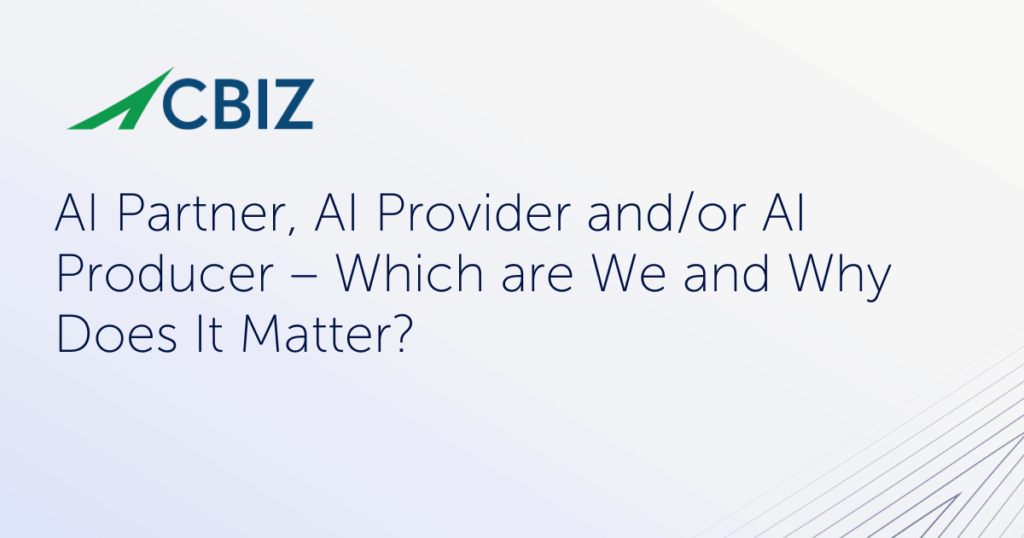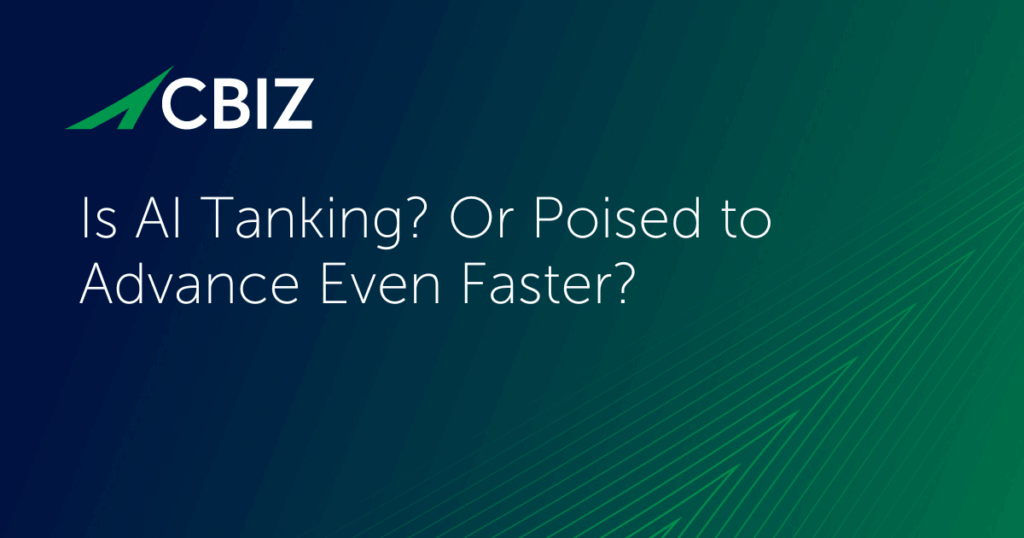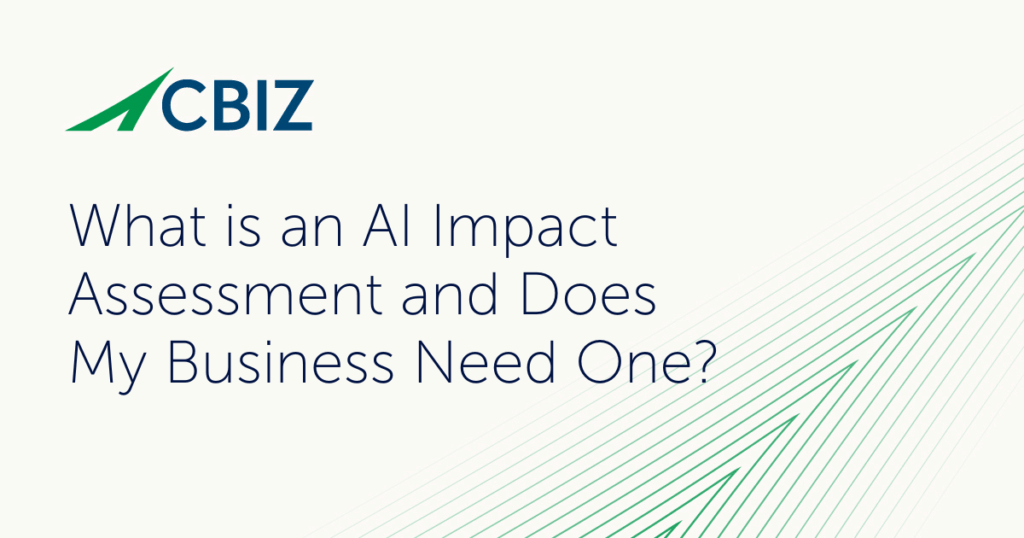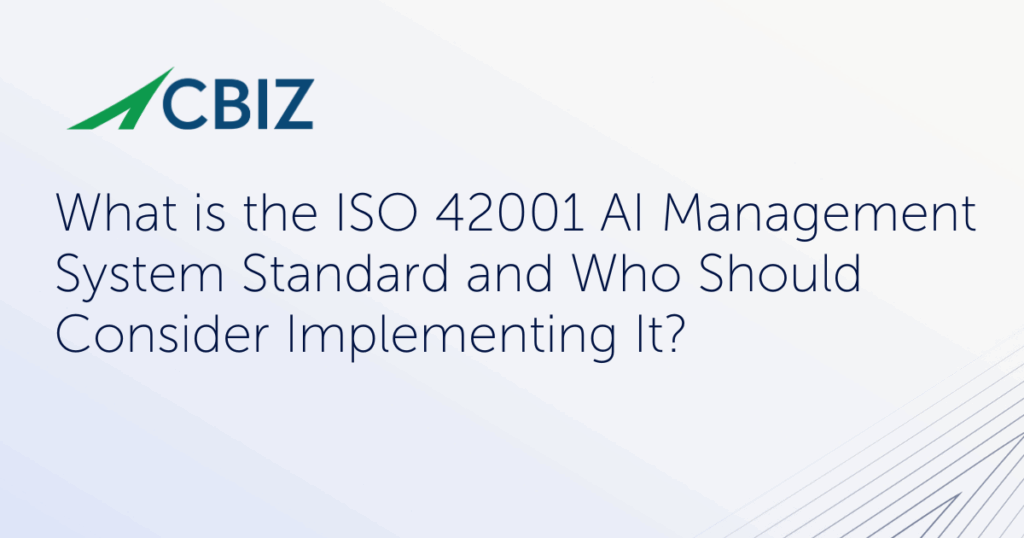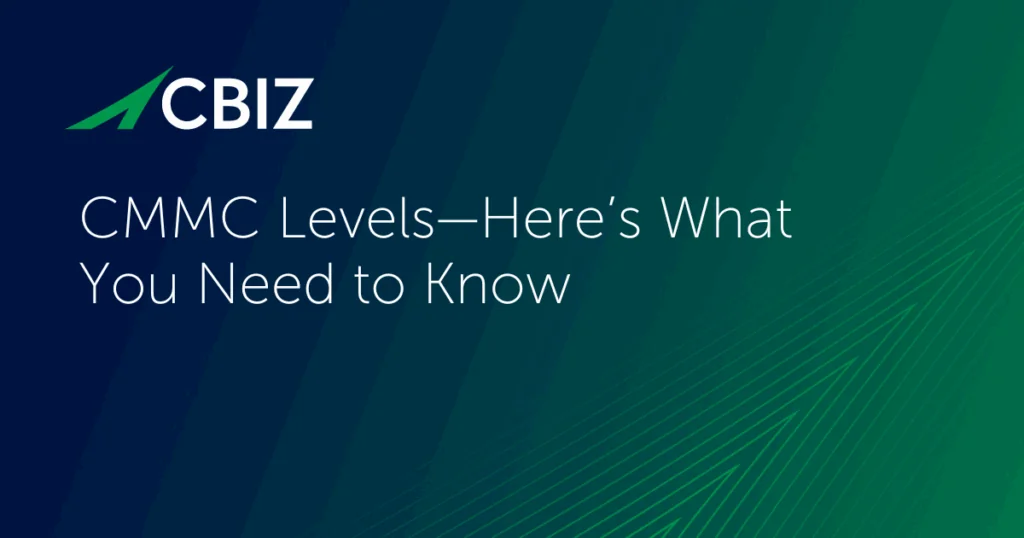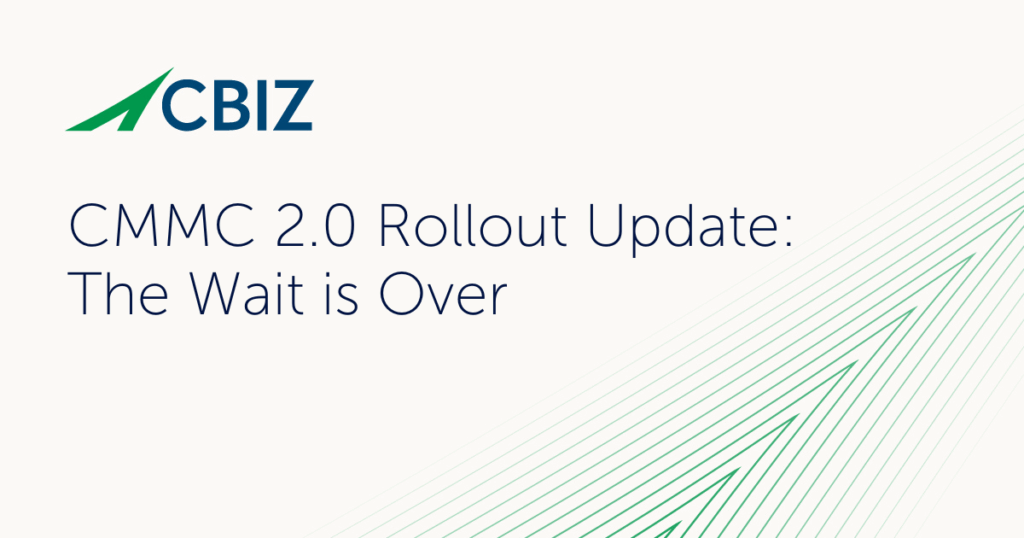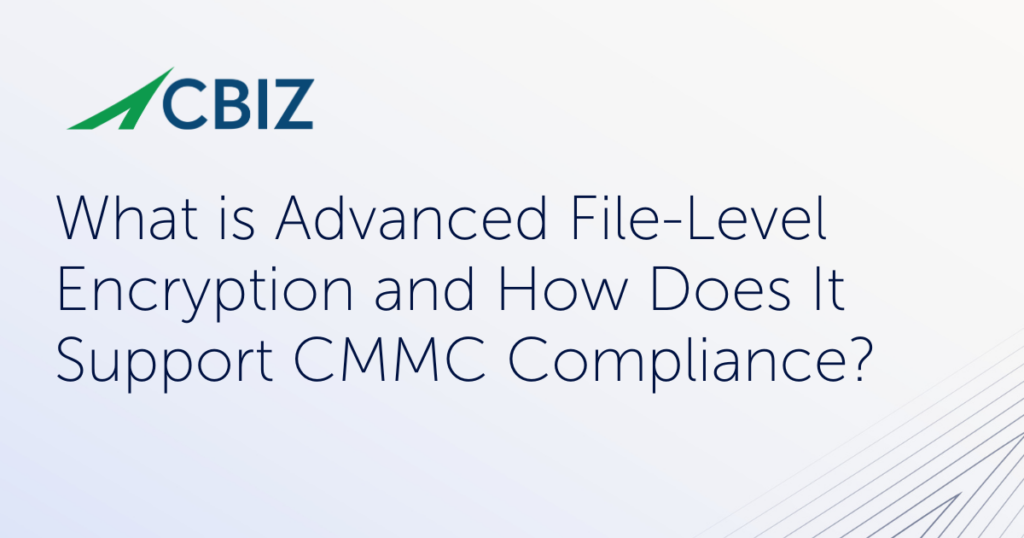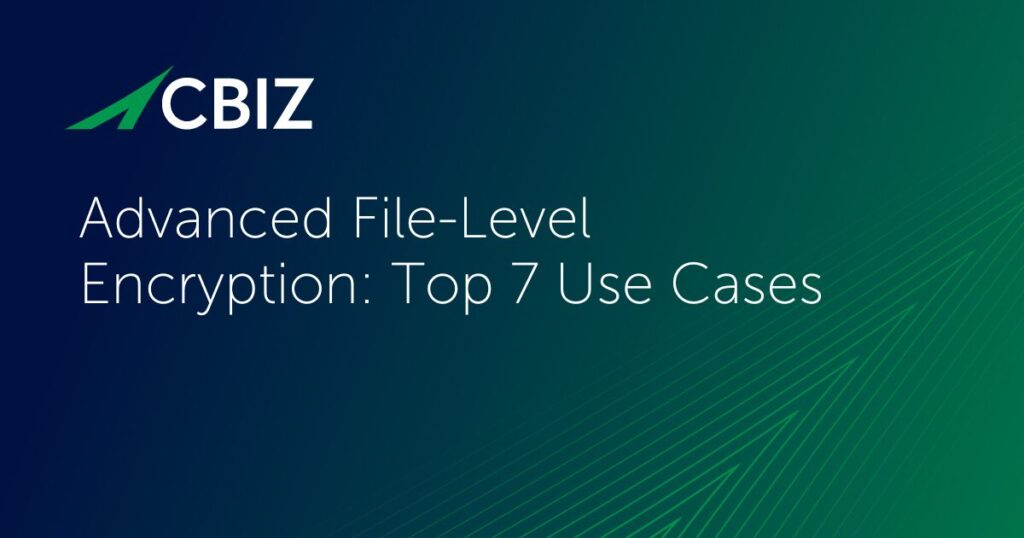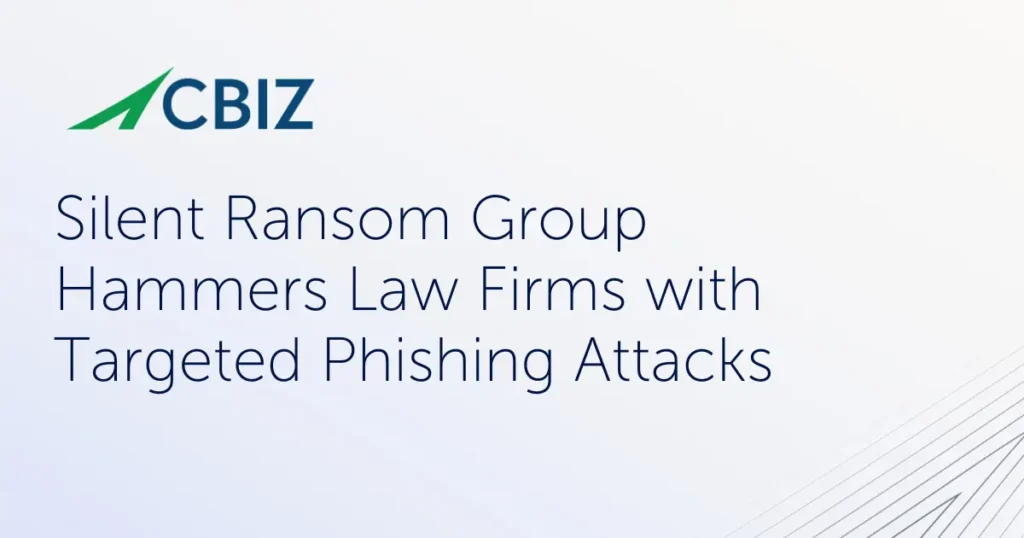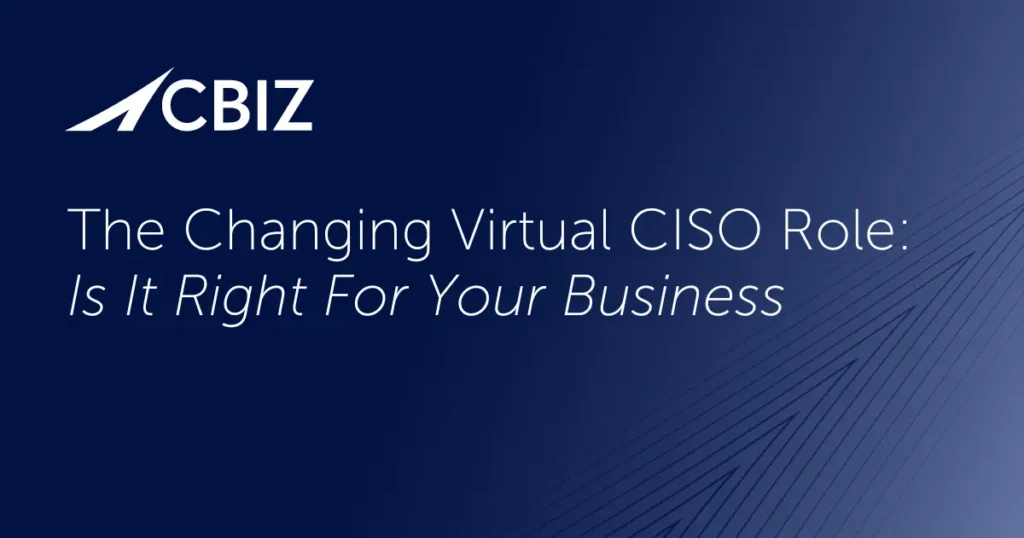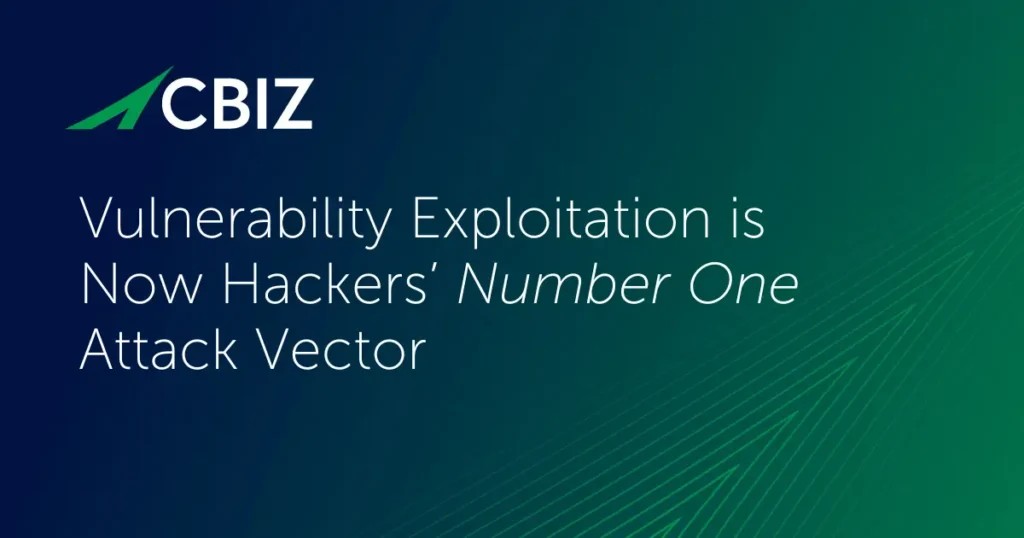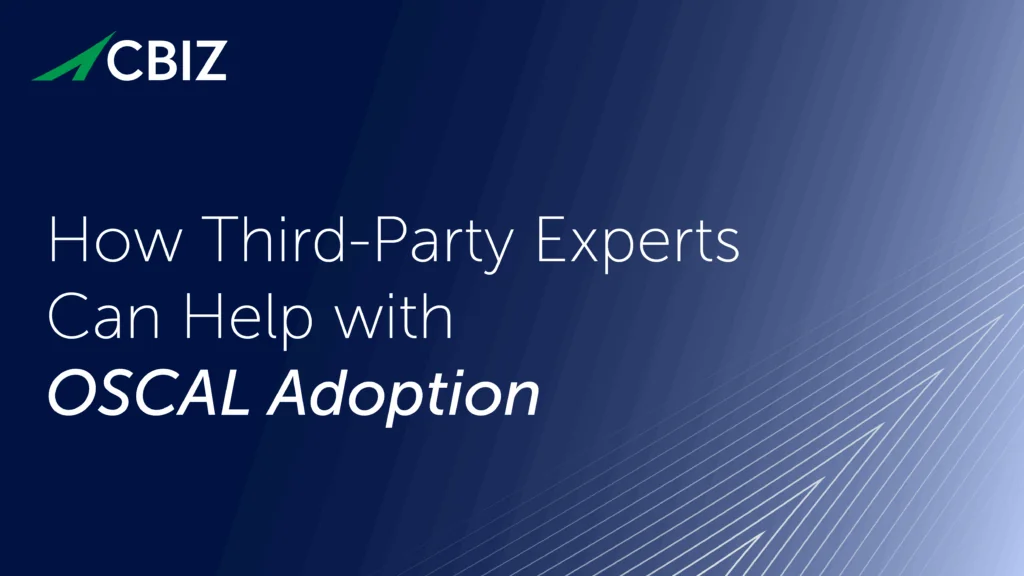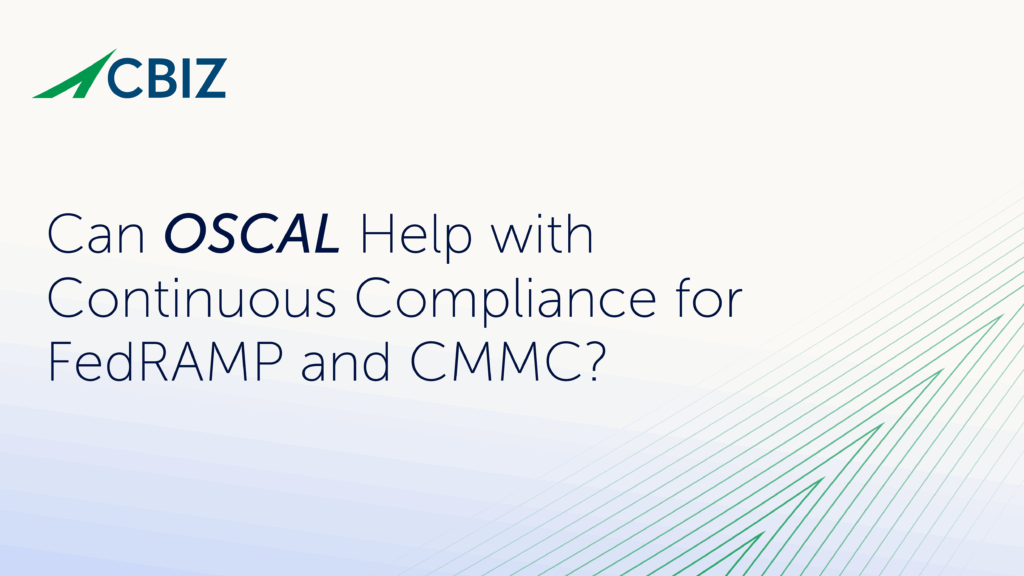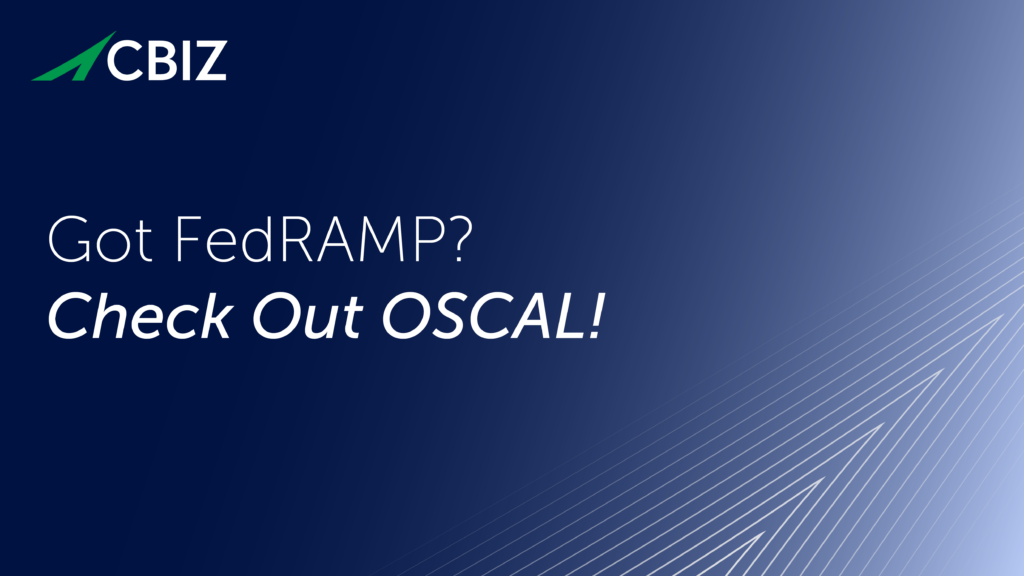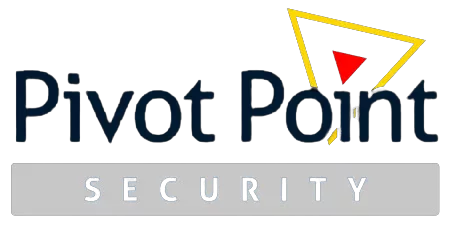Can OSCAL Help with FedRAMP and CMMC Compliance?
Compliance does not equal security—but done right, it validates and even strengthens security. The more frequently compliance is verified, the greater its ability to identify gaps and reduce cyber risk.
This is why US government entities like the US Department of Defense (DoD) and the Federal Risk and Authorization Management Program (FedRAMP) for cloud services are driving the marketplace towards continuous compliance, continuous authority to operate (cATO), and compliance as code frameworks. The goal is to automate labor-intensive, error-prone, inconsistent manual compliance processes to improve results, reduce resource demands, and streamline assessments.
But how to overcome longstanding challenges like no standardization, no integration, no automation, and no real-time data? A key new factor in the equation is the Open Security Controls Assessment Language (OSCAL). Developed by NIST and FedRAMP with “crowdsourced” industry input, OSCAL provides standardized data formats to describe and assess cybersecurity controls, supporting real-time status tracking and automated reporting to continuously demonstrate that controls are operating as intended and keeping pace with evolving regulations.
What is continuous compliance?
Continuous compliance is the ongoing process of verifying in real-time that an organization’s systems and processes meet regulatory standards and internal policies. A “live view” of its cybersecurity posture helps a company manage evolving cyber risk and respond faster or even proactively to emerging threats.
Key processes that drive continuous compliance include continuous monitoring, on-demand documentation, periodic auditing, and POA&Ms or strategic roadmaps to advance the cybersecurity program and address gaps and vulnerabilities.
To scale in today’s complex IT environments, monitoring, documentation, and reporting activities must be automated as much as possible. Enabling automation and dynamic updates across a wide range of documentation, reporting, and audit processes is where OSCAL comes into the continuous compliance picture.
Continuous compliance, continuous monitoring and compliance-as-code—what’s the difference?
Continuous compliance, continuous monitoring and compliance-as-code all relate to maintaining a provably robust and compliant cybersecurity posture using automation. The difference between them is their scope within the overall effort:
- Continuous compliance is the overall strategic process of proactively ensuring the business meets regulatory, contractual, and internal governance requirements.
- Continuous monitoring is the automated process of tracking a company’s cybersecurity performance and compliance in real-time.
- Compliance-as-code automates cyber compliance checks specifically within a software development lifecycle (SDLC) to help make code, infrastructure, and the development environment itself secure and compliant before the software is used in production.
What are some business benefits of continuous compliance?
Continuous compliance not only reduces business risk but also confers competitive advantage. This makes it one of the most strategically advantageous capabilities a business can develop. Specific benefits of continuous compliance include:
- Enhanced cybersecurity owing to an improved capability to efficiently identify and mitigate security risks, gaps, and vulnerabilities.
- Improved compliance with regulations, standards, and customer requirements plus reduced noncompliance risk.
- Greater reporting and assessment efficiency leading to time and cost savings.
- Streamlined audit preparation and internal audit processes along with streamlined third-party risk assessment/reporting.
- Reduced labor and other resource and operational costs to achieve compliance.
- Reduced risk of noncompliance penalties, lost customers or market share, data breach losses, reputational damage, and other potentially onerous or catastrophic costs.
- Enhanced brand reputation and greater ability to close new business (especially with bigger companies) and build loyalty with current customers and stakeholders.
How can continuous compliance and OSCAL strengthen cybersecurity?
Attempting continuous compliance with manual methods in today’s complex, multi-cloud environments is not sustainable and traditionally has resulted in “corner-cutting” and poor overall results. This is why the US government advocates the use of machine-readable data in OSCAL formats to simplify continuous compliance and automate documentation, reporting and audits.
Of course, the government’s overall goal is not compliance but security. Making compliance continuous ensures you have the tools and processes in place to maintain robust security in the face of constant change. A critical starting point is automating machine-readable documentation in OSCAL format that integrates with monitoring and audit processes.
Another way continuous compliance tools and OSCAL-driven automation can bolster cybersecurity is to deliver real-time data to assess your environment for gaps and better inform your continuous improvement roadmap. A rapid cycle of compliance reporting can also support better incident detection and improved incident response, leading to reduced business impacts from cybersecurity incidents.
Do FedRAMP and CMMC mandate continuous compliance?
Neither FedRAMP nor the DoD’s Cybersecurity Maturity Model Certification (CMMC) currently mandates continuous compliance to achieve or maintain authorization/certification. But both require frequent (e.g., monthly) vulnerability assessment, penetration testing, and automated scanning, plus regular cybersecurity assessments. Both CMMC and FedRAMP also require timely incident reporting.
In short, compliance is increasingly seen not as a one-and-done event but an ongoing process with regular milestones to track dynamic requirements, build process maturity, and drive continuous improvement in the cybersecurity posture.
How can OSCAL facilitate continuous compliance?
As noted above, NIST and FedRAMP advocate OSCAL because it significantly supports continuous compliance by providing standardized, machine-readable data formats to automate documentation and auditing of cybersecurity controls.
Some of the specific ways OSCAL helps drive continuous compliance include:
- Process automation to reduce manual effort and errors.
- Streamlining the creation and maintenance of cybersecurity documentation (e.g., SSPs) to show compliance.
- Data integration across monitoring, reporting, and audit tools to streamline audits/checks and enable proactive risk management.
- A more automated audit process thanks to standardized OSCAL data formats, which make it easier to both report on compliance and to evaluate reports.
- Better risk assessment, proactive risk management, and improved overall decision-making thanks to vastly better visibility onto cybersecurity control effectiveness.
- A simpler and more repeatable way to respond to vendor risk questionnaires and otherwise demonstrate cybersecurity and compliance to customers, partners, and other stakeholders.
- Improved ability to demonstrate compliance to multiple frameworks and standards.
- Improved automation, interoperability and data sharing between service providers and US government agencies, with the potential to extend interoperability internationally.
What’s next?
For more guidance on this topic, listen to Episode 150 of The Virtual CISO Podcast with guest Kenny Scott, founder and CEO at Paramify.






